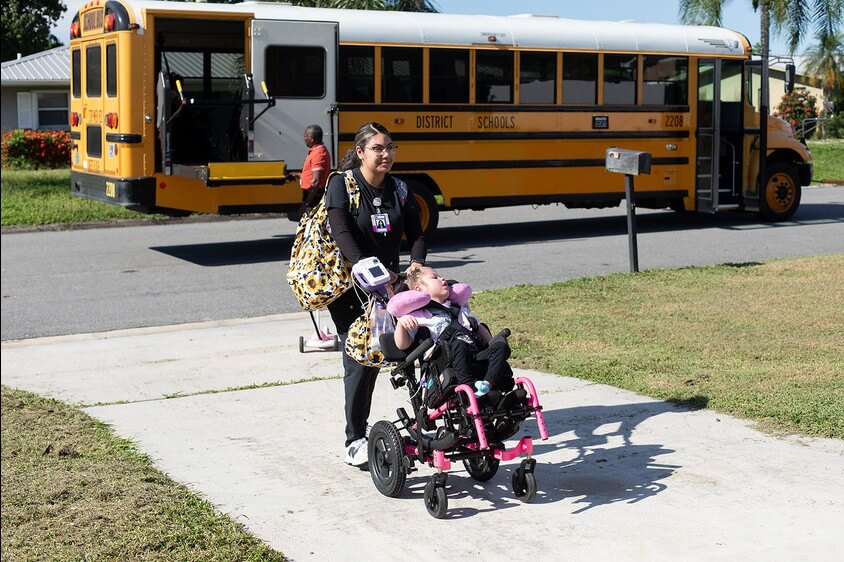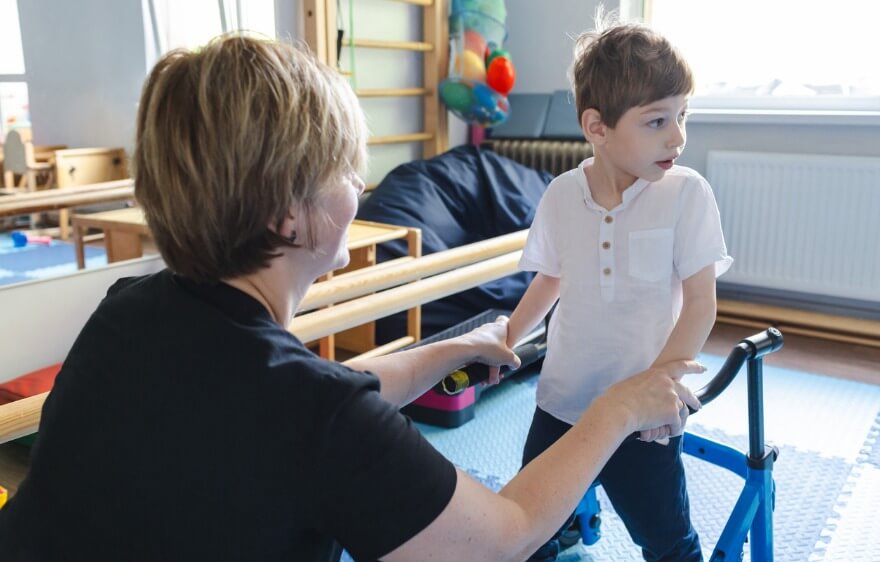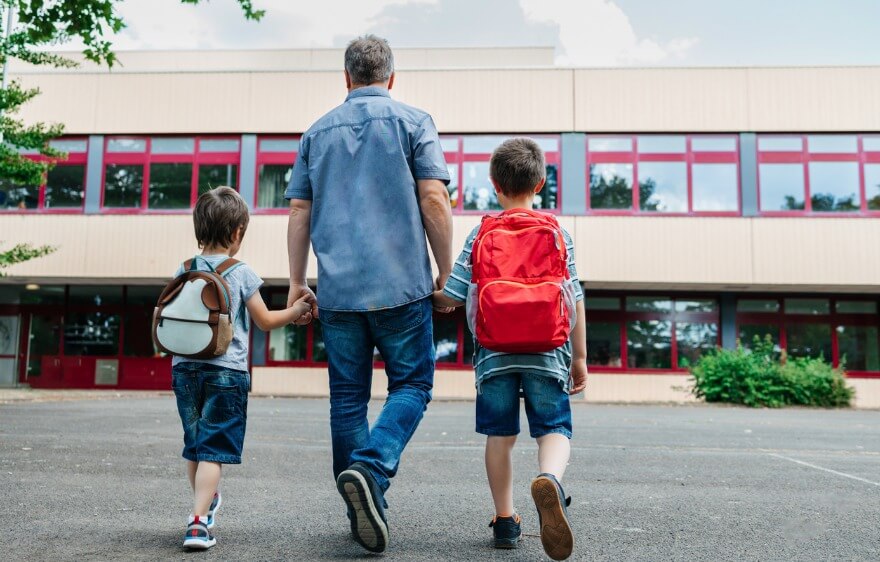Lesson plans are an important way to document your intentions for a session. They might be required for submission to administrators, or they might just be a tool to keep your session on track. Done well, they are driven by your students’ goals. They keep the targeted objectives in front of you, document the preparation you’ve done for the session, and give you a quick way to ensure you have the appropriate materials at hand.
I know my lesson plans look a little different depending on the students, the setting, and the session needs. I certainly plan differently for individual sessions versus group sessions, or for time in a classroom compared to time that I pull students into a separate therapy room. So what about lesson planning for teletherapy? You might address any of those settings; group or individual sessions, home- or school-based therapy, or even coaching a caregiver or assistant during unstructured playtime. But you are still well-served by a solid lesson plan.

Do teletherapy lesson plans look different from traditional lesson plans?
My teletherapy sessions run the whole range — they might be almost identical to what I would do in an onsite session or they might be entirely different, taking advantage of all the features on my streaming video platform. But there are some important factors that I keep in mind when preparing lesson plans for teletherapy:
My lesson plan is to share
Personally, it has not served me well to have a lesson plan separate from what I’m sharing with my student. Just too many documents on my screen! I find it most efficient to create my lesson plan as a slideshow or a PDF (most often a PDF of a slideshow) that I can screen share with my client, student, or assistant as a sort of visual schedule. Because of this, I use a lot of images. For a 30-minute teletherapy session, I might have 2-4 numbered activities or sections of the lesson. For my youngest non-readers, they might be pictures – an open mouth to practice tongue postures, a crayon for something we’re going to draw, or headphones for a listening activity. For older students, I might use single words or even questions with or without images.
If there are choices to be made, I make sure the pictures or labels are movable so that I can drag them around to reflect the sequence we decide on together.
My lesson plan is to keep
I make a new lesson plan for each session, with the date noted prominently on the front page. That way, I can keep notes and data as annotations right in the PDF. I save each lesson plan separately, as an additional record of attendance and session data! I always check off items on our visual schedule as we go, so I can look back and see if there was anything we didn’t get to. That goes onto the next lesson plan. When planning, I can start with a copy of last week’s lesson plan, erase any notes or data, and add or change the activities for a new day.
I always make sure there is at least one blank page at the end of the PDF for notes or drawings or something else that comes up during the session.
My lesson plan is unique!
I make my lesson plans for me (and sometimes for my SLPA) and I design them to have what I need to see or have handy during the session. That means, if I need links to particular web resources, I include them right on the page. If I need to remember to ask the teacher a question, I’ll add it as a note to my lesson plan visual schedule. If my student and I agree on something to bring to the next session, I make a note of it right in the lesson plan!
We probably don’t have to say it, but the special education environment in schools is uncertain at best right now. As uncertain as it is for you, think about your students’ experience! There is no better time than right now to let them know that you have a plan. They should feel special and cared for by seeing lesson plans that embrace their needs and interests as we all adapt to the changing environment and technology to come.





